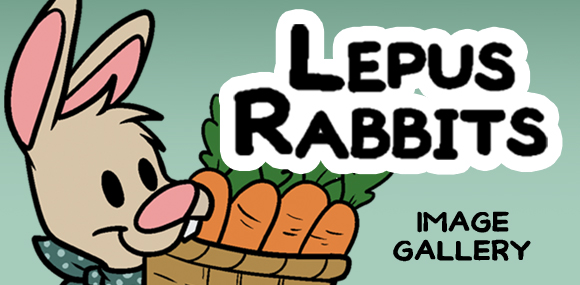Anyone notice anything different about shopping this holiday season? You probably haven’t, because it’s so subtle. This is the first Christmas since Target and similar stores took down their signs labeling playthings as “Boys’ Toys” or “Girls’ Toys.”
Target cleverly changed their signs back in the summer – typically the season when the fewest people are shopping. By the time we reached the Christmas shopping season, consumers were already used to the new labels and any controversy they caused was old news. I bet most of the people who swore to never shop at Target again last August have long forgotten that pledge in the wake of the Christmas rush.
Actually, I was surprised that there were any objections to the change in signage. Last Christmas, I had read countless articles about how classifying toys by gender was problematic. These labels discouraged kids from choosing their own toys and interests and compelled them to only pick toys from their own gender’s category. As kids grow, this kind of thinking could encourage the bullying of those who strayed from their assigned gender roles.
However, the uneasy truth about supply and demand is that if a trend in sales and marketing continues, then people must be buying the product. For example, people often complain that fast food is unhealthy and should be banned. Yet customers keep choosing to buy it. If here were no willing customers, places like McDonalds would close shop and move on to the next idea. The very fact that something can continue to be sold shows that people want it.
So, if toys heavily geared toward boys or girls are selling well, then perhaps the gender-focused labels are what people really want?
Well, toys are an exception to the supply and demand rule for one important reason – a reason that is actually pretty rare in the consumer world: Usually, the people purchasing toys and the people using the toys are not the same people. Most toys are bought by adults, but used by children. So, to sell the most toys, the products and advertising should be geared to adults, not the actual children who’s lives will be most affected by the product.
So then, why do adults want toys to be so gender-defined? Okay, here’s my theory. Let’s think about the kind of people who are buying toys. Some parents are extremely knowledgeable about their children’s interest. They know their kids’ favorite TV shows and movies and each kid’s favorite characters from within these TV shows and movies. Toy companies don’t need to market to these parents. They already got them. These parents know what their kids wants and just what toy they are looking for. So this parent is going to find that Nerf Crossbow or Princess Twilight Sparkle doll no matter what label it’s under or what color the box is.
But what about the uninformed parent who doesn’t pay that much attention? Or that uncle or second cousin who only sees the kids at Christmas. That co-worker who feels she owes someone’s kid a gift? No matter how little these people know about a child, anyone shopping for a kid is going to at least know one simple fact: if the child is a boy or a girl. So the people who are most influenced by gender labels are actually the people least involved in the child’s life.
This is just a theory based on observation. I don’t know if this is a part of any marketing strategy or if it’s just a side effect. In any case, I hope the gender labels are a fad that continues to break down. Kids are already crossing boundaries, now we just need manufactures and marketers to catch up. Perhaps we can look forward to a time when toys are grouped by function and packages are distinct and reflect the product. We had that once. Perhaps we can go back.
Happy shopping.
-Marj

























